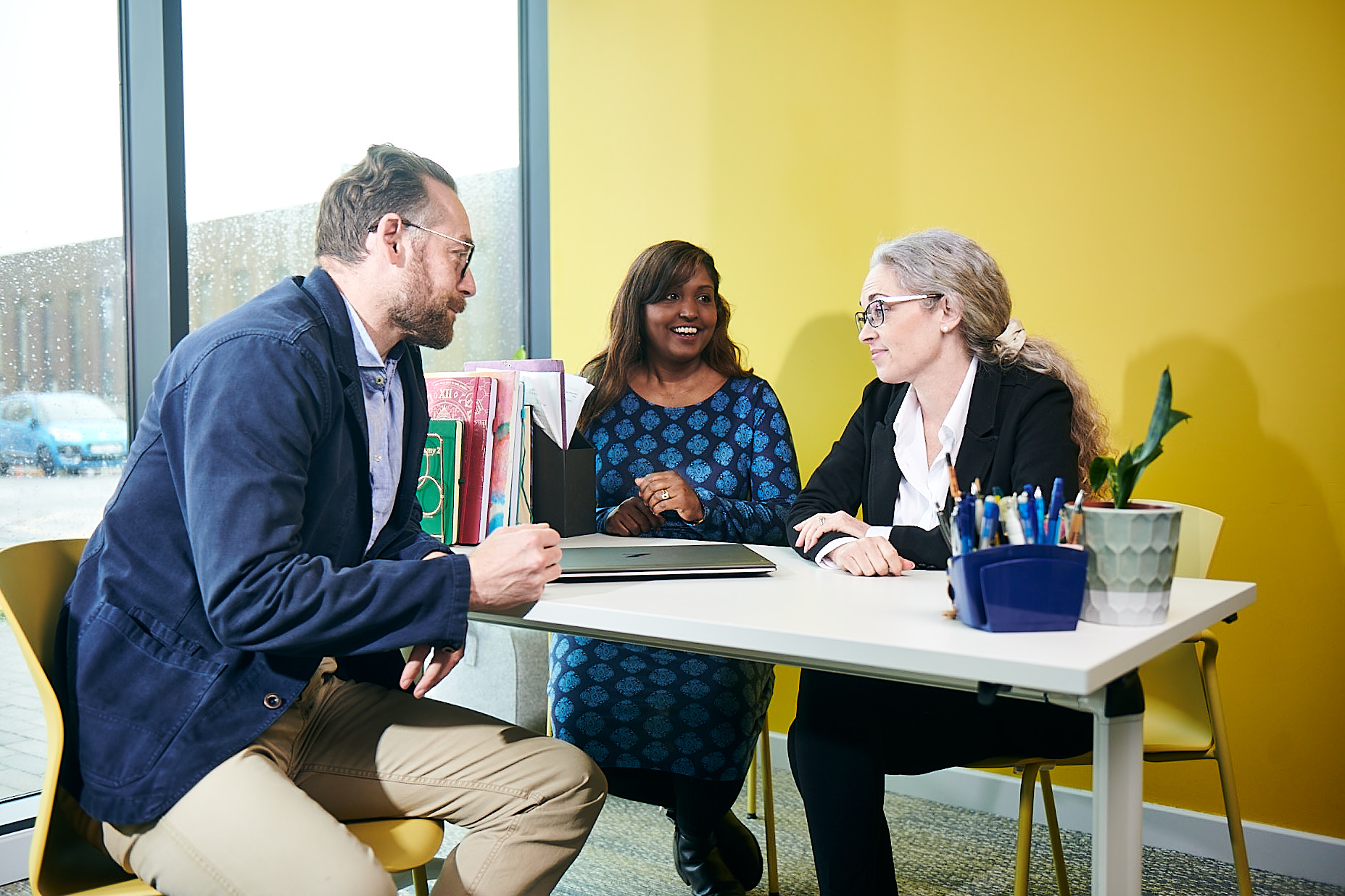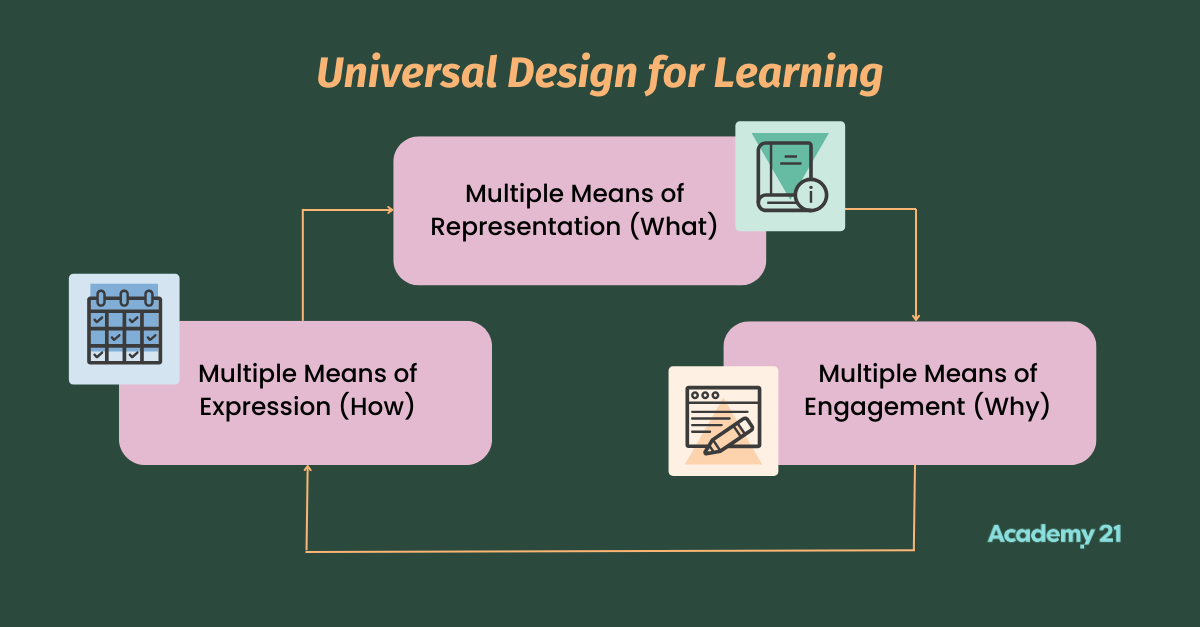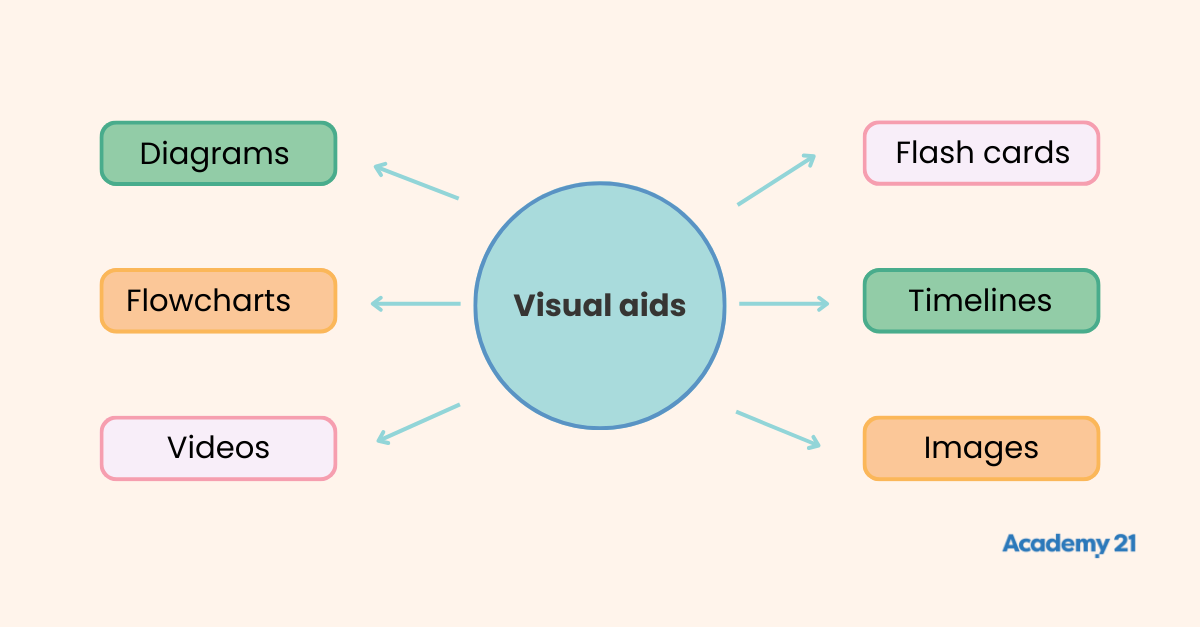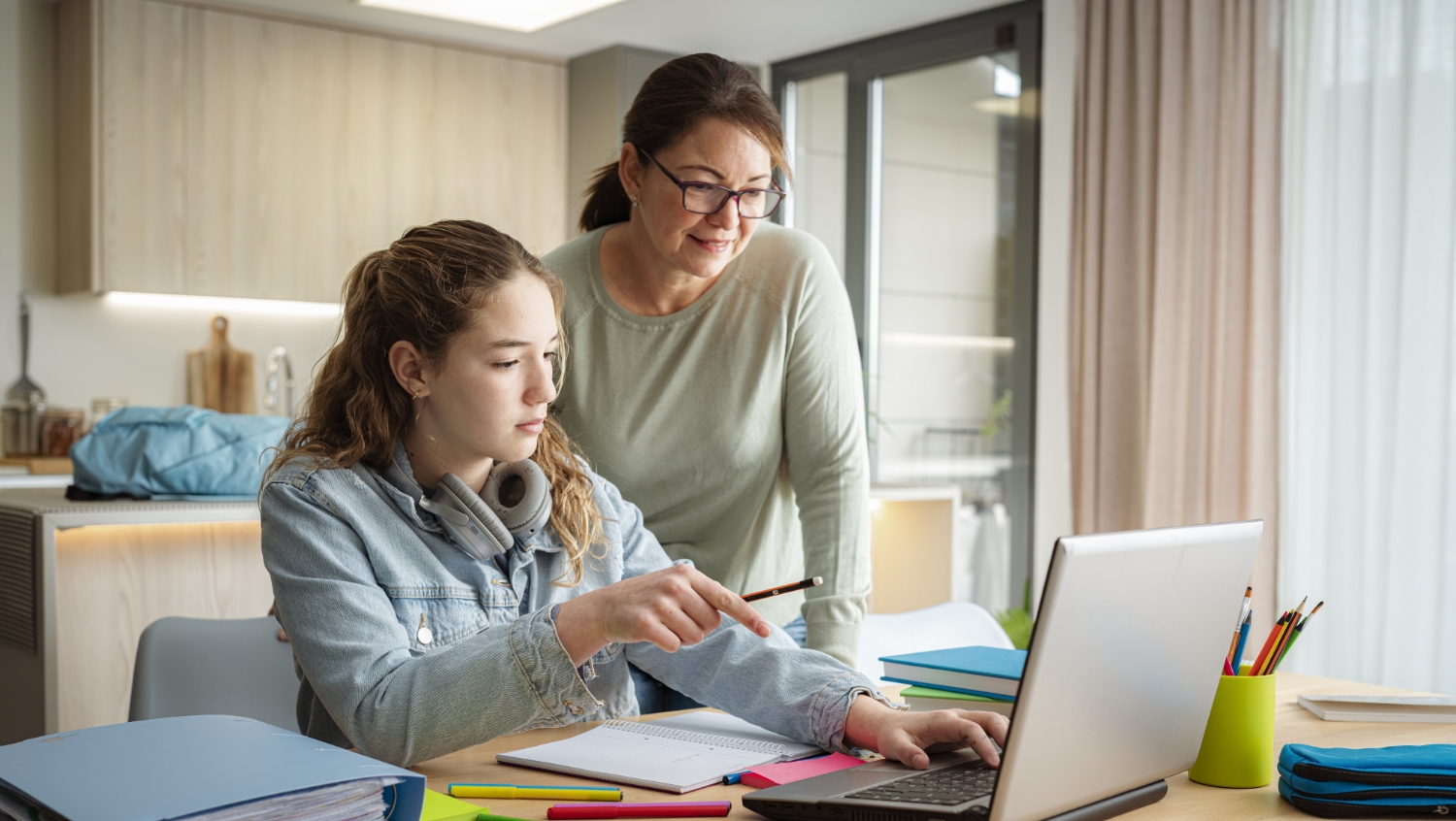What is inclusion by design, and how to implement it

Over 1.6 million young people in England alone have a special educational need or disability. That’s 1.6 million students who could benefit from inclusive design practices.
Adjusting lessons and materials after identifying a student’s needs can be not only impractical but also counterproductive. Instead, we need to be able to anticipate differences and embed inclusion into the very design of our educational experiences. This is the principle behind the concept of inclusion by design.
By designing for inclusion from the outset, we can ensure that every learner, regardless of their individual needs, has equal access to a fulfilling educational experience. But what exactly does this mean in practice? And how can educators effectively implement these principles to benefit all students?
What is inclusion by design?
Inclusion by design is the practice of building inclusive education into the foundation of everything a school or teacher creates — from lesson plans and classroom environments to teaching methods and communication styles.
In mainstream education, adjustments are often made for students with additional needs after they have been identified. This may involve providing additional resources, modifying teaching methods, or offering alternative assessments.
However, as researchers and education experts argue, this reactive approach can inadvertently marginalise students who may not require a specific label but still face barriers to accessing education. Inclusion by design is about creating learning environments where everyone feels they belong, and differences are acknowledged and accounted for before they become challenges.
The purpose of inclusion by design: Why expecting difference matters
One of the most compelling reasons for inclusion by design is the scale of the need. In England alone, the DfE estimates that more than 15% of students are identified as having special educational needs or disabilities.
Designing for difference means that we aren’t merely reacting to individual needs as we spot signs, but instead ensuring that all students — including students with SEN — are part of an educational system that actively embraces diversity from the outset.
The benefits of inclusion by design are clear — it not only enhances accessibility but also improves engagement, academic success, and emotional wellbeing for all students. Research conducted by the Confederation of School Trusts (CST) found that inclusive teaching practices contribute to better outcomes for students, including improved motivation and self-esteem.
This approach benefits not only students with SEND but also those from diverse backgrounds, including those who may experience mental health challenges or those from disadvantaged socioeconomic backgrounds.
The Manifesto for North East Education 2024 emphasises that inclusive education can help schools better serve the growing number of students with special educational needs and enhance overall student outcomes.
Building inclusion in the design process
1. Sensory-friendly environments
Existing research indicates that sensory overload can negatively impact cognitive functions, including attention, memory, and decision-making. Chronic stress, which can be exacerbated by sensory overload, has been shown to impair cognitive flexibility, working memory, and behavioural inhibition.
A recent study also revealed that sensory differences can cause anxiety, distress and distraction for autistic pupils, which in turn profoundly affects the student’s capacity to focus and their participation levels.
Creating a sensory-friendly environment is particularly crucial for students with sensory processing difficulties. Small changes, such as ensuring adequate lighting, minimising visual clutter on the walls, or creating quiet spaces, can make a significant difference.
At Academy21, we design our virtual classrooms to minimise sensory overload by keeping class sizes to a minimum of 15 students and enabling students to keep their cameras and mics off during the lesson. There are also opportunities to chat with the teacher directly via a private chat pod, which helps students who lack confidence.
Many students, such as those at Evolution Sports, who partnered with Academy21 this year, access our lessons via a designated area, which creates a calm, quiet, and more focused environment for learning.
2. Varied media to convey ideas
Another key component of inclusion by design is offering a range of media through which students can engage with the learning content. Different students process information differently — some may benefit from visual aids, while others may find listening to audio or engaging with interactive elements more effective. By utilising a blend of text, audio, video, and interactive elements, we can help our students engage with the material in ways that work for them.
The Universal Design for Learning (UDL), developed by the Centre for Applied Special Technology (CAST), is an innovative educational framework that can be used to evaluate existing teaching methods and tools. It encompasses three principles:
- Multiple Means of Representation (What) – Presenting content in various formats, such as text, video, and audio, to cater to different learning preferences and needs.
- Multiple Means of Expression (How) – Allowing students to demonstrate their understanding in various ways, such as through writing, speaking, or creative projects.
- Multiple Means of Engagement (Why) – Offering diverse ways to engage students and keep them motivated, from interactive activities to project-based learning, ensuring every learner finds a way to stay focused.
By embedding these principles into curriculum design, UDL helps create learning environments that are accessible, motivating, and supportive of all students, no matter their background or learning needs.

3. Multiple ways to demonstrate learning
Students are often expected to demonstrate their learning in a single, predetermined format — typically through written tests. However, this can be limiting for students who may struggle with traditional assessment formats.
For instance, students may possess a deep understanding of a subject but struggle to articulate their knowledge effectively in writing. Their potential is not fully captured by conventional tests or essays, which might overlook their strengths in verbal communication, creativity, or problem-solving.
By offering multiple ways for students to demonstrate their learning, such as through presentations, videos, or projects, we enable them to utilise their strengths and showcase their knowledge and abilities, ensuring a more accurate and fair assessment of their skills.
4. Accessible language and clear instructions
Use accessible language in all teaching materials and communications, such as simplifying complex terms and avoiding jargon. This helps all students, including those with learning disabilities such as dyslexia, understand and engage with educational content.
It’s essential to break down instructions into smaller, more manageable steps. For instance, rather than presenting a long list of tasks all at once, instructions can be broken down into distinct phases.
Using visual supports alongside written and verbal instructions is another effective strategy. Visual aids, such as diagrams, flowcharts, or videos, can reinforce the content and offer students a different way to engage with the material. For example, in a lesson about historical events, a timeline graphic could help students visualise the sequence of events, supporting both their understanding and retention.
At Academy21, teachers incorporate all these strategies and use language that is clear, direct, and accessible. They also integrate multimodal resources that cater to diverse learning needs, ensuring that every student has multiple ways to engage with and understand the material.

5. Creating inclusive habits through training
The key to successful inclusion by design is not just about changing the physical or digital environment; it’s also about creating inclusive habits in teaching practices. At Academy21, we train all our brilliant, subject expert teachers to integrate accessibility tools and personalised teaching practices into their lessons.
Whether it’s ensuring that a lesson can be accessed through text-to-speech tools or that students can participate in discussions via video or text chat, our teachers are encouraged to design with inclusion in mind from day one.
Designing an inclusive by design future
Inclusion by design is a fundamental shift in how we approach education. By assuming diversity from the outset and designing educational experiences that are accessible and supportive, we can create environments where every student feels supported from the very beginning.
As the leading online alternative provision specialist, Academy21 is committed to making inclusion the default, not the exception. We are proud to lead the way in creating a learning environment that boosts students’ confidence and ensures that every young person feels supported in their academic and personal development journey.



